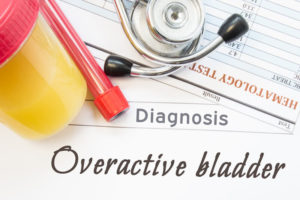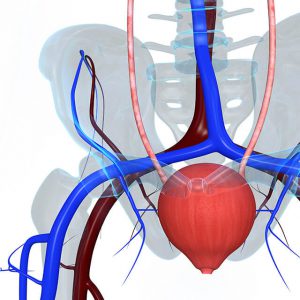Centers of Excellence: Overactive Bladder
The term “Center of Excellence” in medicine is used to describe a dedicated focus on a specific diagnosis to provide comprehensive treatment options and excellent clinical outcomes. This includes specialized training, equipment and clinical pathways, which are essential to provide the best patient care.
Treatments and Procedures for Overactive Bladder
- Lifestyle Changes
- Different foods can have an effect on OAB. Your provider may discuss dietary changes that may help with this condition, as well as Kegel exercises that help to strengthen the bladder.
- Medications
- Botox (Allergan)
- Interstim (Medtronic)
- Axonics®
Informational Videos
Patient Education Articles
Kegel Exercises
Just like any muscle group, your pelvic floor can weaken over time. Kegel exercises help to keep your pelvic floor muscles in shape.
Medications for OAB
If your doctor can’t find a cause for your OAB, don’t worry. Drugs can still help ease your symptoms.
Overactive Bladder
People with overactive bladder (OAB) experience the constant, urgent need to urinate—the feeling that there’s little time to spare and you need a bathroom ASAP.
Overactive Bladder (OAB)
The term Overactive Bladder (OAB) is used to refer to a number of urinary symptoms, the most common being a near-constant urge to pass urine. This urge can be sudden and uncontrolled, requiring multiple and frequent trips to the toilet. You may feel as if urinating ‘cannot wait,’ and there may or may not be associated urinary leakage.




